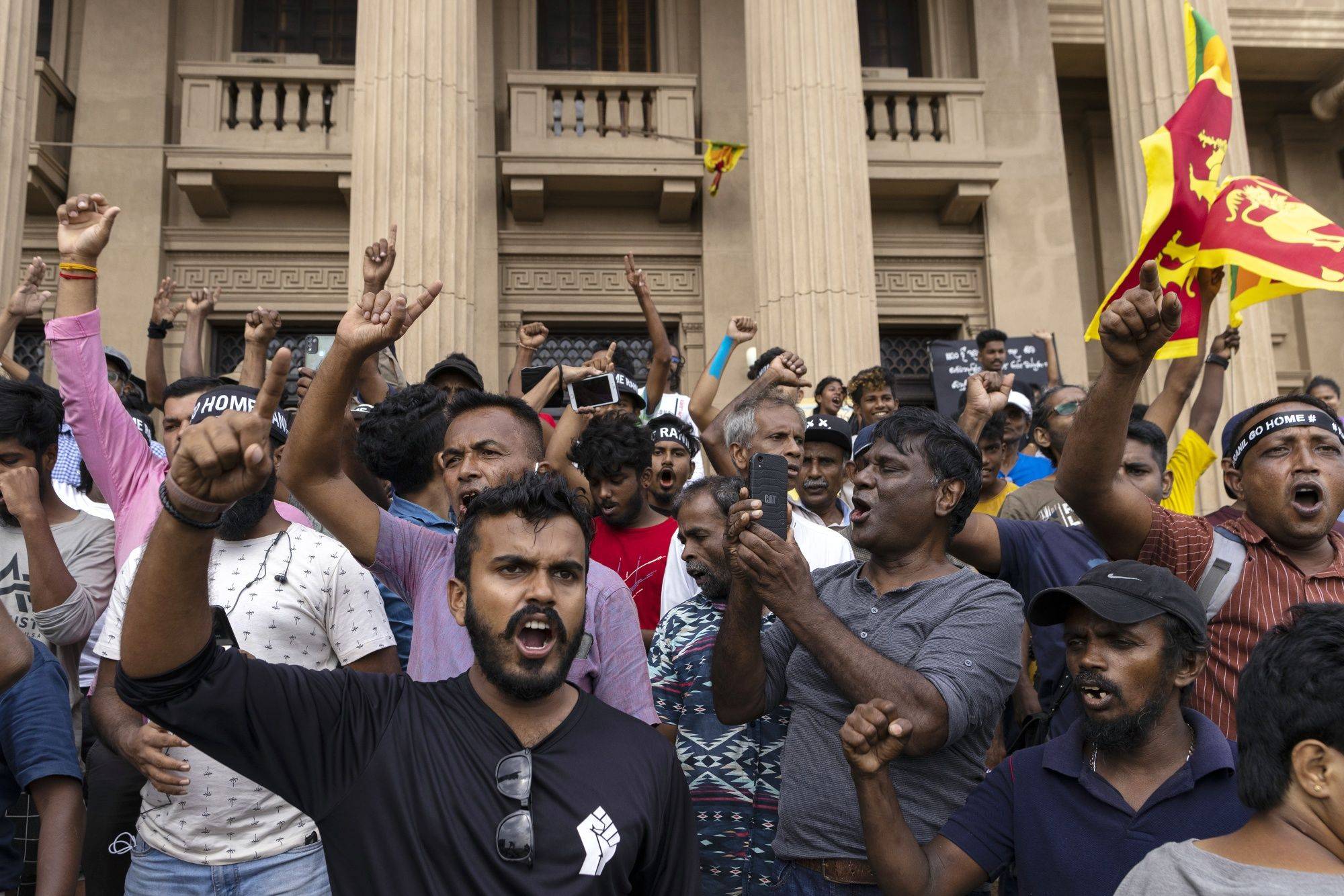As Sri Lanka’s economy unravels before our eyes, one must ask how this could happen in a country that is historically known for its high standard of living and stable economy.
The island country’s achievements go back decades, giving it a per capita gross domestic product that is 70% higher than India’s and a life expectancy at birth of 77 years, compared to 73, 70, and 67, in Bangladesh, India and Pakistan, respectively.
But now, Sri Lanka’s economy is in free fall. The proximate causes of the crisis are clear enough. Problems stemming from international factors such as COVID-19 and Russia’s war in Ukraine were exacerbated by Sri Lanka’s own policy mistakes. In 2019, President Gotabaya Rajapaksa (who has now fled the country) announced a round of mindless tax cuts, depriving the state of sorely needed revenue. Then, in 2021, his government abruptly banned imports of chemical fertilizer and pesticides. While the aim of the policy was to stall foreign-exchange outflows, the main result was a dramatic reduction in domestic food production, leading to acute food shortages this year.



















With your current subscription plan you can comment on stories. However, before writing your first comment, please create a display name in the Profile section of your subscriber account page.